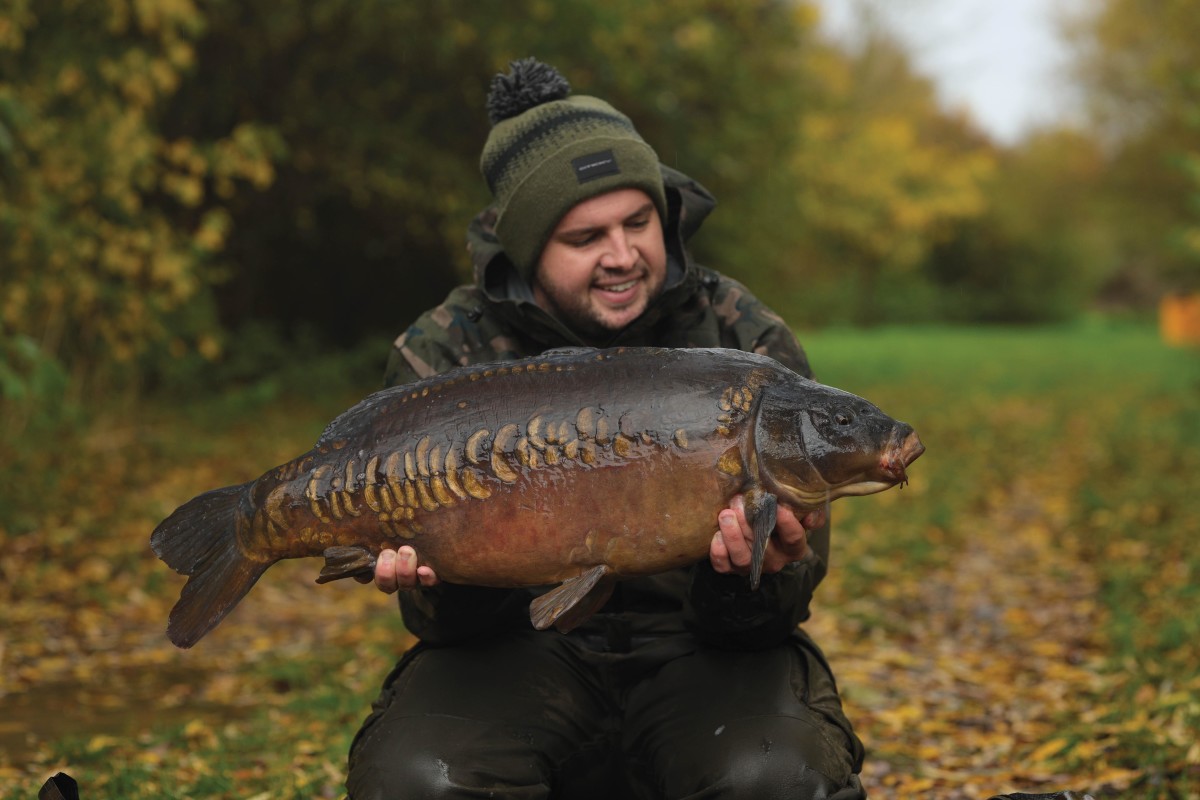
Less Is Often More
Tom Maker talks rig choice and end tackle. He’s one to keep things simple, but he’s also more than happy to go against convention, on occasion...
Was there ever a game-changing rig moment for you?
“I suppose the game-changing rig would be the 360º, when I first saw it being used by Chilly, years and years ago. It was just the way that it moved and the hook could spin. Obviously, the 360º was ‘born’ long, long before the Ronnie Rig, but that rig has almost become a replacement for the 360º. In terms of a catch ratio, my rig ‘game-changing’ moment was definitely going from a bog-standard Hair Rig to a 360º Rig.”
Reviewing your old articles, your rigs have changed and evolved over the last ten years, but let’s start with the 360. What attracted you to this set-up over the trusted pop-up set-up?
“As I mentioned in the first answer, I switched over to it in the first place because of its mechanics —the way the hook could spin, and could move.
“The first time I used it was on Mercers Park, where it was all long-range fishing. It enabled me to fish a pop-up, without using a Multi- or a Hinge-style rig, where there’s a pivoting point that could tangle. The 360º enabled me to fish a pop-up on a stiff boom, meaning it was pretty tangle-proof.
“You can also fish it as a bottom bait as well, so if you had a pop-up on and it lost buoyancy overnight, it would work just as well as a bottom-bait rig. My hook-to-land ratio was very, very high, and I loved the big hook/small pop-up set-up of it.”
Do you take influence from other anglers regarding rigs, or are tweaks and adjustments made through your own observations and experiences? You’re certainly not an angler who chops and changes every session, so what major factors drive a change for you?
“No, I try not to take influence from anybody else, purely and simply because a lot of the other guys who are in the public eye, I suppose, simply don’t always angle on the waters that I fish. Certain rigs, granted, will always work on given lakes, and unless I’m reading a feature that has been shot on a lake I’m going to fish, I personally don’t see the point of trying a rig that works for somebody else on their lake, when the lake that I’m fishing, and the fish that I’m fishing for, could be completely different.”
What were the deciding factors which stopped you from using it then?
“I don’t really know why I stopped using it. To be honest, I do still use it now, but with so much negative press every time something gets written about it, I’m at a point when I can’t be dealing with reading all the comments of what people say this rig does and doesn’t do. At the end of the day, you’re putting a piece of metal into a fish’s mouth. All of these fandango rigs that are around nowadays, there’s no way on this God-given planet that they don’t go into a carp’s mouth and cause damage because they do, but when constructed correctly, I’ve never had a problem.
“I do still use it from time to time when fishing over low-lying weed, etc., but it’s not a rig I would go out of my way to highlight in any of my angling, purely and simply because of the negative press that it often brings.”
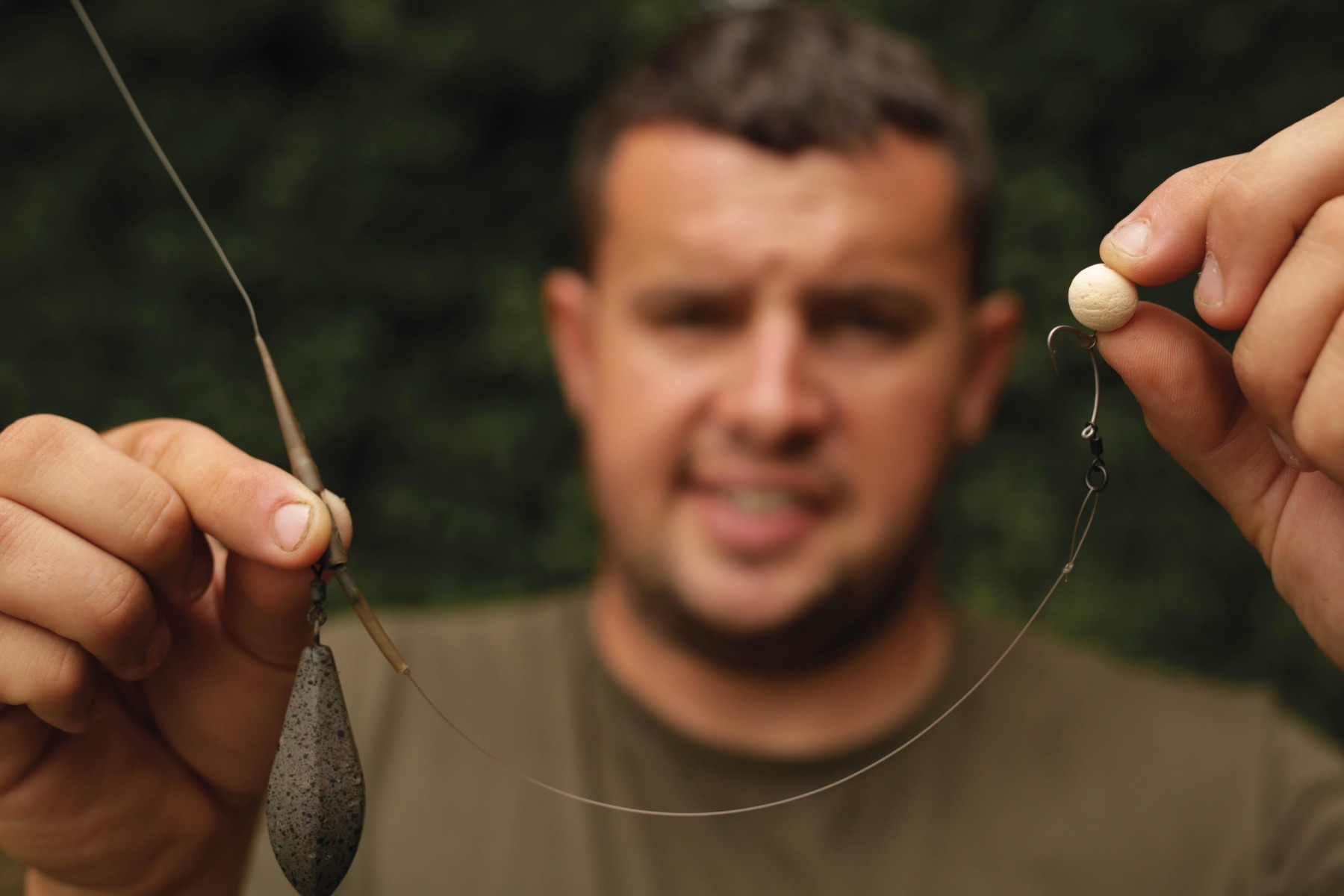
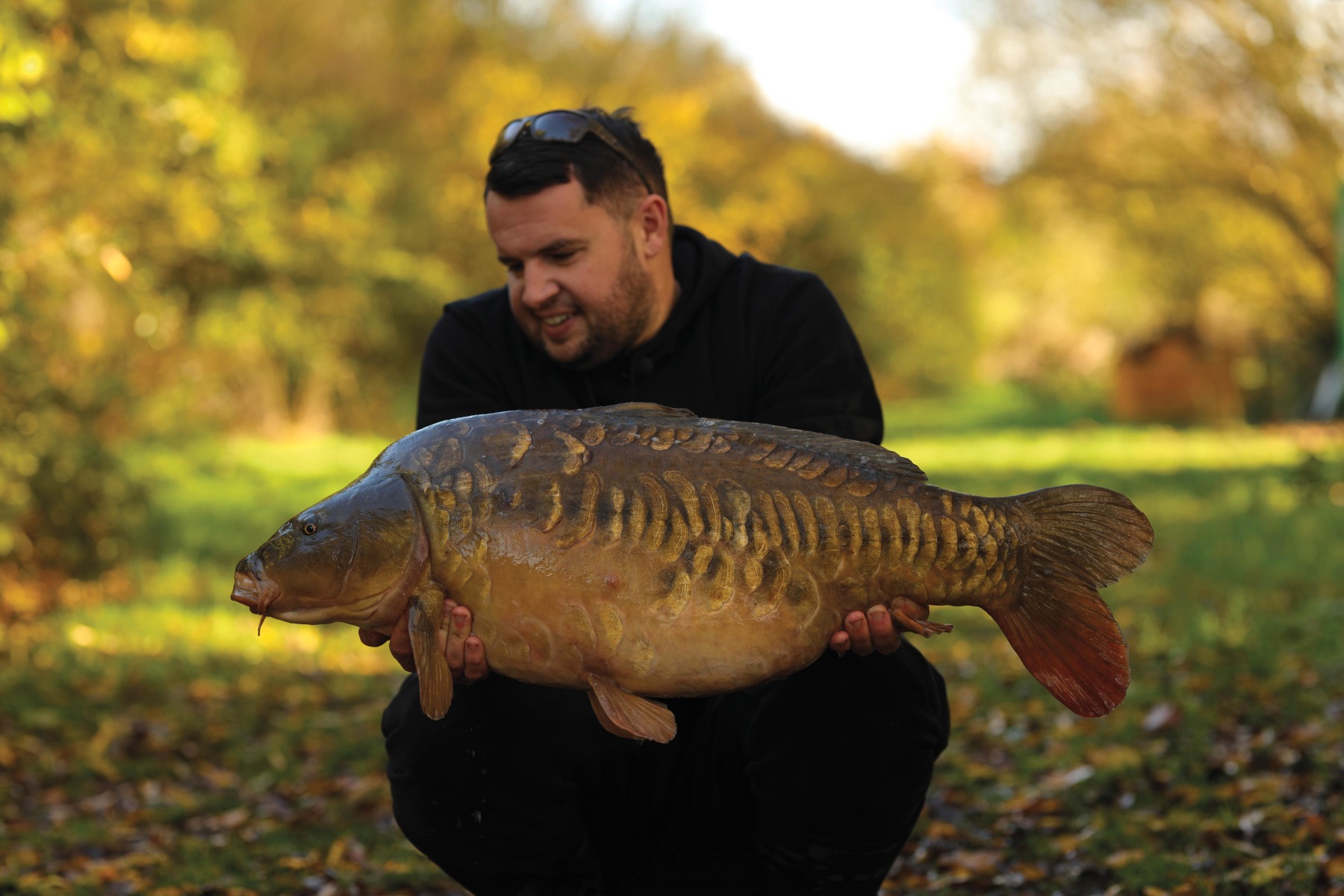
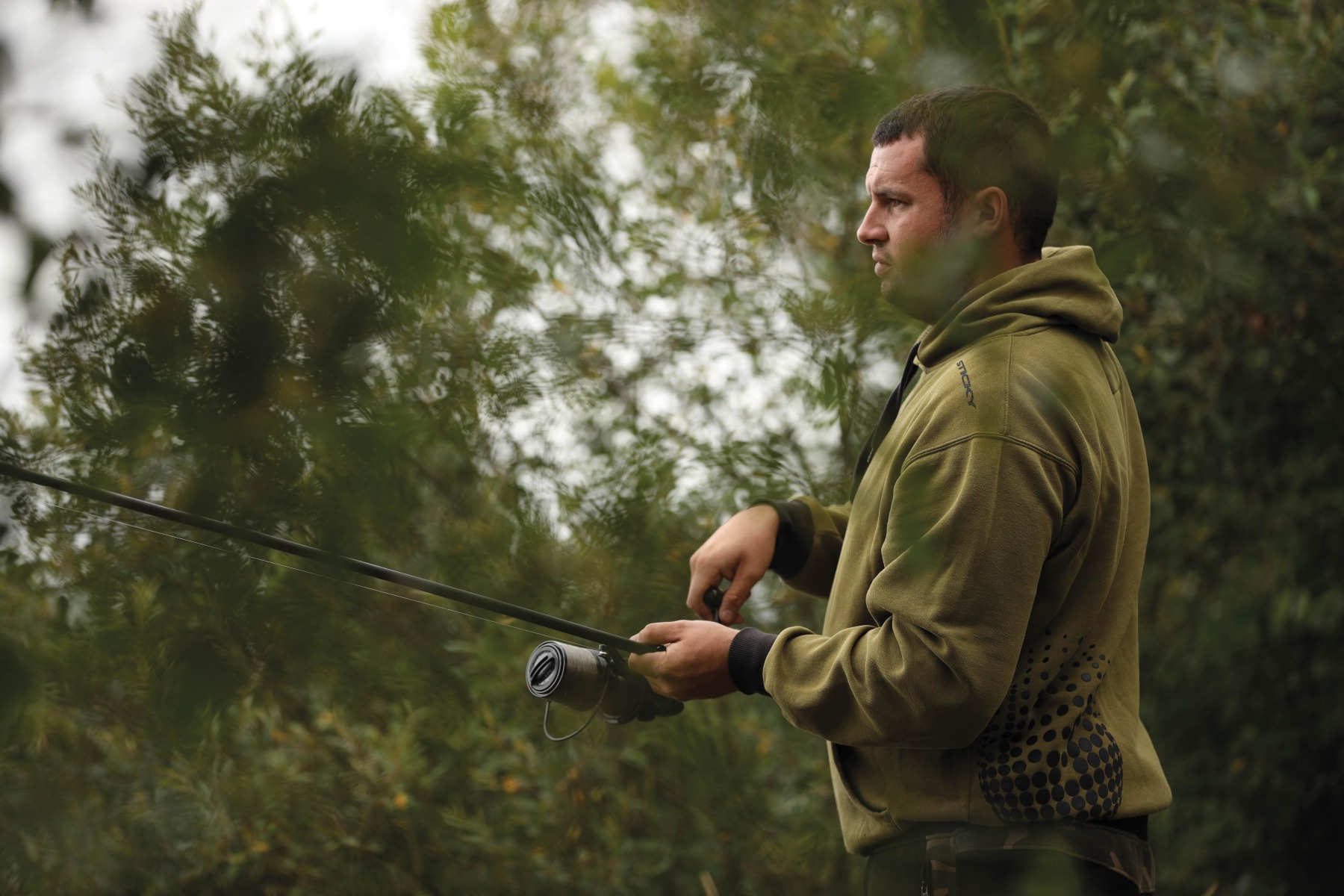
Do you feel that the 360º Rig offers more or less, when it comes to its hooking capabilities?
“You’re never going to beat an original of anything. The Ronnie was sort of made through people thinking that the 360º was a dangerous rig—the way that the hook sat through the swivel, etc. In my opinion, the 360º, with the hooking potential and the movement, is far greater than that of the Ronnie, therefore the 360º has far greater hooking capabilities than the Ronnie. The only reason that the Ronnie catches more carp nowadays is because it’s used by so many anglers.”
When it comes to a pop-up presentation, do you ever opt for the Ronnie, though?
“It’s funny you should ask that, because I used the Ronnie Rig for the very first time last week, when I fished at Norton Disney. If I’m honest with you, I put three out and I just wasn’t confident. I didn’t like the way in which it sat. I’m not saying that these rigs don’t work, because I know so many anglers who use them, but having caught so many fish with my D-Rig/wafter combination, I just didn’t have the same confidence. Plus, the spot I was fishing didn’t necessarily warrant fishing with a Ronnie—I put them on purely and simply because of a fashion sort of thing, and I was fishing up at Norton. In the end, of the bites I had, the majority of them were on the D-Rig, not on the Ronnie.
“Would I use it again in the future? There’s a situation for most rigs, depending on where I’m going, but would it be my first choice? Absolutely not. I’d always rather fish on a clearer spot where I could present a D-Rig with a slow-sinking wafter.”
When you’ve seen other anglers using Ronnies and Spinners, are there any recurring errors you see in their construction which you believe will make the rigs less effective?
“The one thing I see anglers doing when fishing with a Ronnie is not balancing the rig correctly. I’m a great believer in balancing my hookbait to make the rig sink as slowly as possible, whereas I’ll see other anglers using a 16mm pop-up but they’ll put a piece of putty on the size of an 8mm boilie! The hookbait must almost be hitting the lakebed at the same time as the lead does!
“The same could be said for all rigs, though. I think this is one of the biggest areas where anglers get wrong: they don’t balance their hookbaits correctly. For me, I want my hookbait to be as light as possible, so it sinks as slowly as possible.”
In your 2013 ‘Below the Surface Testing the Pros’ appearances you use a very simple rig: a soft-coated hooklink, Knotless-Knotted to a size 4 SR hook with no coating removed, fished with a single piece of fake corn. Firstly, why did you like this set-up, and secondly, why have you now moved on?
“Yeah, that was a rig I used religiously. It was a rig that worked very, very well, and as you mention, I never stripped any of the coating back because I’m a firm believer that all these ‘rig extras’—kickers, adding bits of tubing at an angle, etc., make absolutely no difference whatsoever, so that was the rig I used to use.
“However, by using a ‘Hair Rig’, every time I wanted to change the hookbait, or the size of the hookbait, it meant that I had to chop and change rigs, keep cutting them down and tying new ones. It was just taking too much time and required a lot of faffing around.
“When I first started fishing on the RH venues—about six years ago now—a lot of the guys up there were fishing for far spookier fish than what I’d ever fished for, and they were using fluorocarbon D-Rigs.
“I used to see people using D-Rigs back in the days when I used to fish Walthamstow, which would’ve been in the early 2000s, and when I look at a D-Rig now, I always think, Why on earth would I use anything else? It does exactly what you want it to do: it’s pretty much anti-tangle; it’s made out of fluorocarbon, so it’s so inconspicuous you can’t see it; the way in which the fluorocarbon exits the hook gives it an aggressive angle anyway, for the hook to go in; and, with the hookbait being mounted on the swivel, you can put a 12mm bait on there, a 16mm bait, and if you wanted to, you could put eight tiger nuts on there. It’s such a versatile rig. It saves time and it does exactly what I want it to do, so that is the reason why I changed.
“Would I have any issues now with putting that rig on, that I used to use all those years ago? Absolutely not. The reason why I use the D-Rig now is just because of its simplicity, and everything is just so easy, and I can just chop and change hookbait size without having to tie a load of new rigs.”
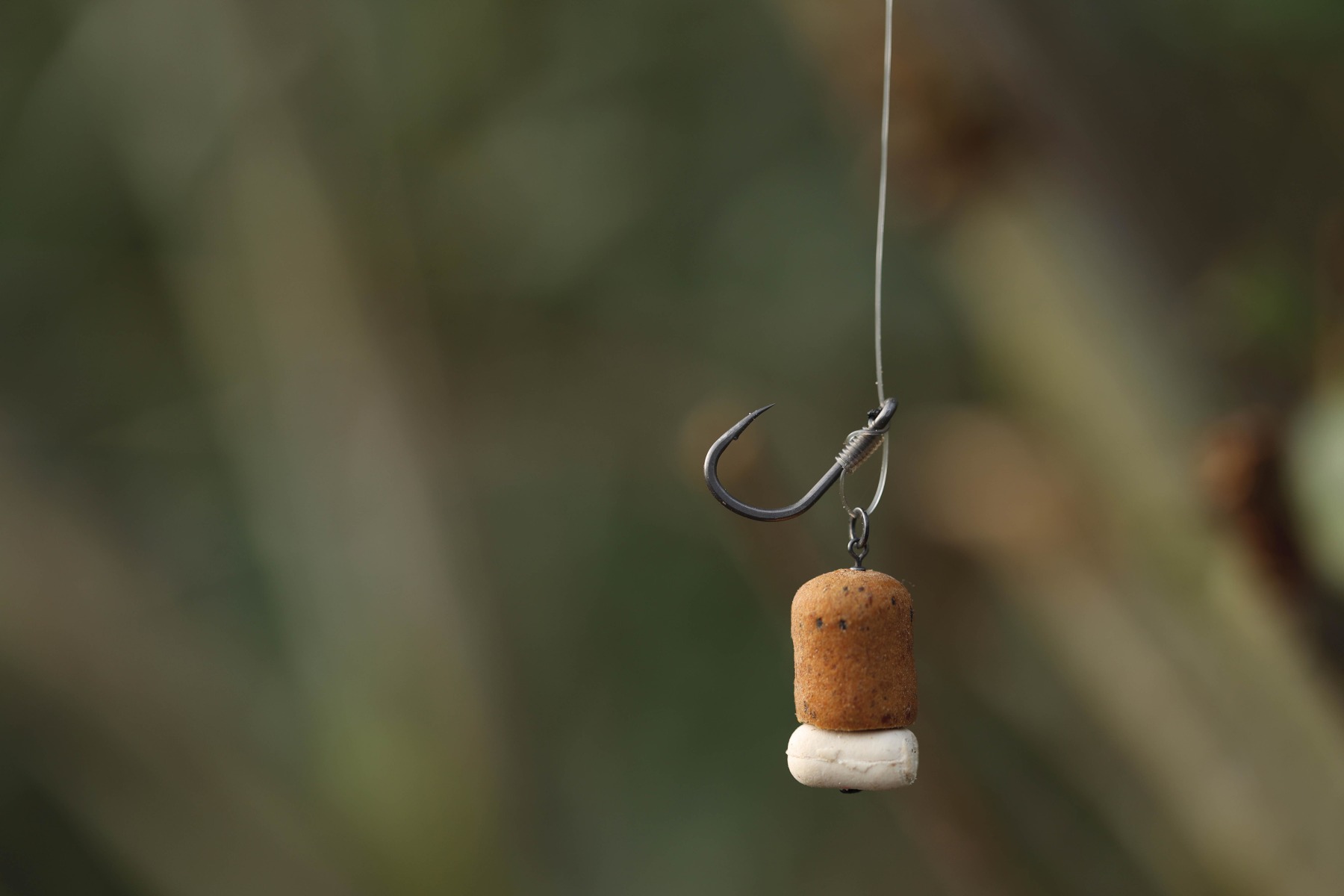
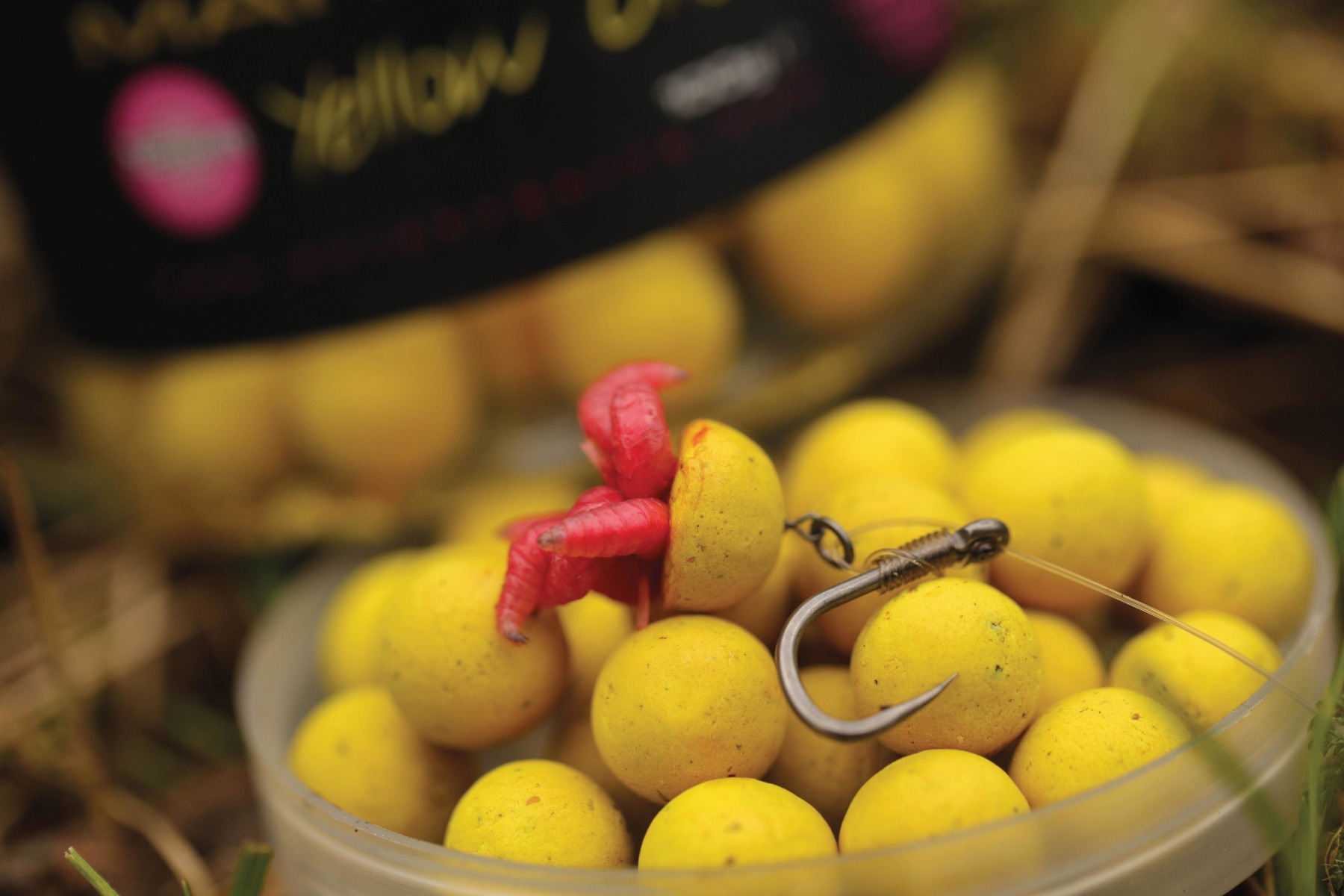
So is that the reason why you now favour a ‘D’ arrangement for mounting your hookbait over a traditional Hair?
“Exactly that. Having it on a ‘D’ arrangement means that the hookbait has got a lot more manoeuvrability than it would have if it were on a Hair that was trapped on the hook by a piece of silicone. Also, as I said before, it allows me to fish different baits on that ‘D’ without having to tie a completely new rig. If I was using a Hair Rig, and I wanted to put on double plastic corn or a boilie tipped with corn on, but I’d only got it set up for fishing one piece of corn, the Hair’s not going be long enough, so I’d have to tie a new rig. By mounting it on a ‘D’, it simply means that I can chop and change hookbaits freely and easily.”
We see you’ve again evolved the ‘D’ section by adding a piece of shrink tubing. What’s the thinking behind this?
“This is quite funny, because no matter how long anybody’s been fishing—and I’ve been fishing for a long time now—and as I said, I don’t take influence of what many people ever put in any of the magazines—I did see an article one day, I think it was someone from Nash, who had put a piece of silicone just down the back of the hook, on the D-Rig, and I thought, D’you know what? That looks really good!
“I tried it, on the hook that I’d normally use, which is a wide-gape beaked, and yeah, it looked all right, but it was extra time and extra faff, and to me, it seemed pointless doing it on a short-shanked hook like I was. So, if I were using a longer-shanked hook, I probably would continue to use it, but for the hooks that I use, I did it as a bit of a ‘let’s just see if it makes any difference’.
“Does it make any difference? Absolutely not. It’s just something else that I’ve got to put on a rig that I don’t feel needs to be on there.”
For your D-Rig presentation, what hooklink material are you using, and do you have any suggestions for the readers to ensure they get the most from it?
“I always use 19lb Illusion, and rather than using the smaller hooklink spool, I use the reel line version, which comes on 600-metre spools. I like to use very long rigs as well—anything from 10- to sometimes up to 16-inches, so when you’re buying the 20-metre spools, and you’re tying rigs that are 10–16 inches, you can go through that very, very quickly. I’ve also found with fluorocarbon when it comes off a bigger spool, it’s a lot less ‘coily’.
“When I tie my rigs, I don’t want the finished set-up to be dead straight—I like to have a little bit of a curve it in when it’s laying on the lakebed. With the larger spool of Illusion, one rig is effectively two coils of line coming off the spool, which results in a lovely natural curve, and this is another reason why I opt for the 200-metre spools.”
How precise are you with each rig you tie? Do you tie a certain number of turns around the hook shank? How do you blob the tag end, and what length of rig do you prefer?
“In one breath I’d say I’m not very precise, but I am precise, because all of the rigs are the same. I always whip around the hook shank eight times—don’t ask me why, but I always go eight. You could go more, you could go less, but for me it’s just eight. It’s a habit.
“When it comes to creating the ‘D’, I leave the tag end a lot longer than what I need and then blob down. If I’m not happy with where/how I’ve blobbed it, I’ll poke it back through, chop it off and redo it. To get my blob ‘just right’, I lick the end of my finger, melt the tag end down, and then push it onto my finger which creates a flat section and will stop it from pulling back through the eye.
“Regarding the length of rig, as previously mentioned, anything is between 10- and 16-inches. The reason why I use a long rig is I want that rig to be laying almost with a bit of curve in it. I don’t want it sitting straight from the lead. When the fish picks a bait up and it’s direct to the lead, the only way in which that fish can get that bait further down in its mouth is if it travels down the hooklink. Whereas if it’s got a curve on it, when the fish picks it up there’s a little bit of an extended distance, which means the fish can take that bait back before it feels the weight of the lead. And obviously the further back the hook is in a fish’s mouth, the harder it will be for it to eject it.”
How reluctant or perhaps keen are you to tweak your rigs? What indicators tell you that it’s time to change something? How do you know?
“Unless you have an underwater camera in every situation, it’s very, very hard to know, and I believe when a lot of people talk about changing the length of the rig because ‘You’re getting done here… you’re getting done there!’ it’s all, in my opinion, just ways of giving the fish too much credit.
“If the fish are over you, and generally the waters I’m fishing are quite heavily stocked, and they are feeding, they’ll drop their guard and then greed outweighs caution. So when it comes to rigs, if anything, rather than going shorter like a lot of people say (maybe because it’s fashionable?!), I would go longer. If I could, I’d be fishing up to two-feet long on the bottom, because my theory is that if you give them enough rope, they’re going hang themselves. Plus, I like fishing with a real critically balanced bait on a long rig because it gives them plenty of movement; the bait can almost act as natural as possible when it’s down on the lakebed.”
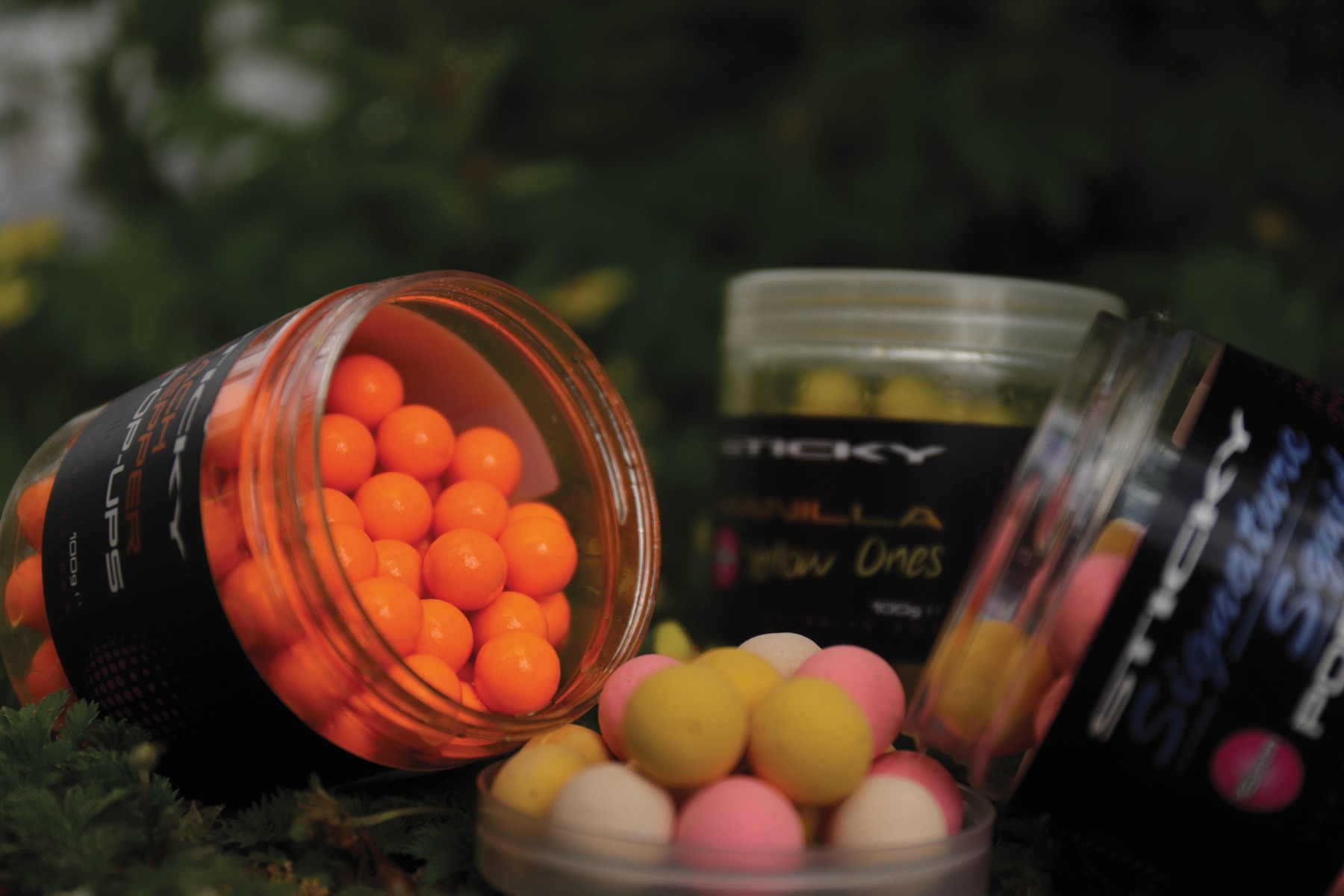
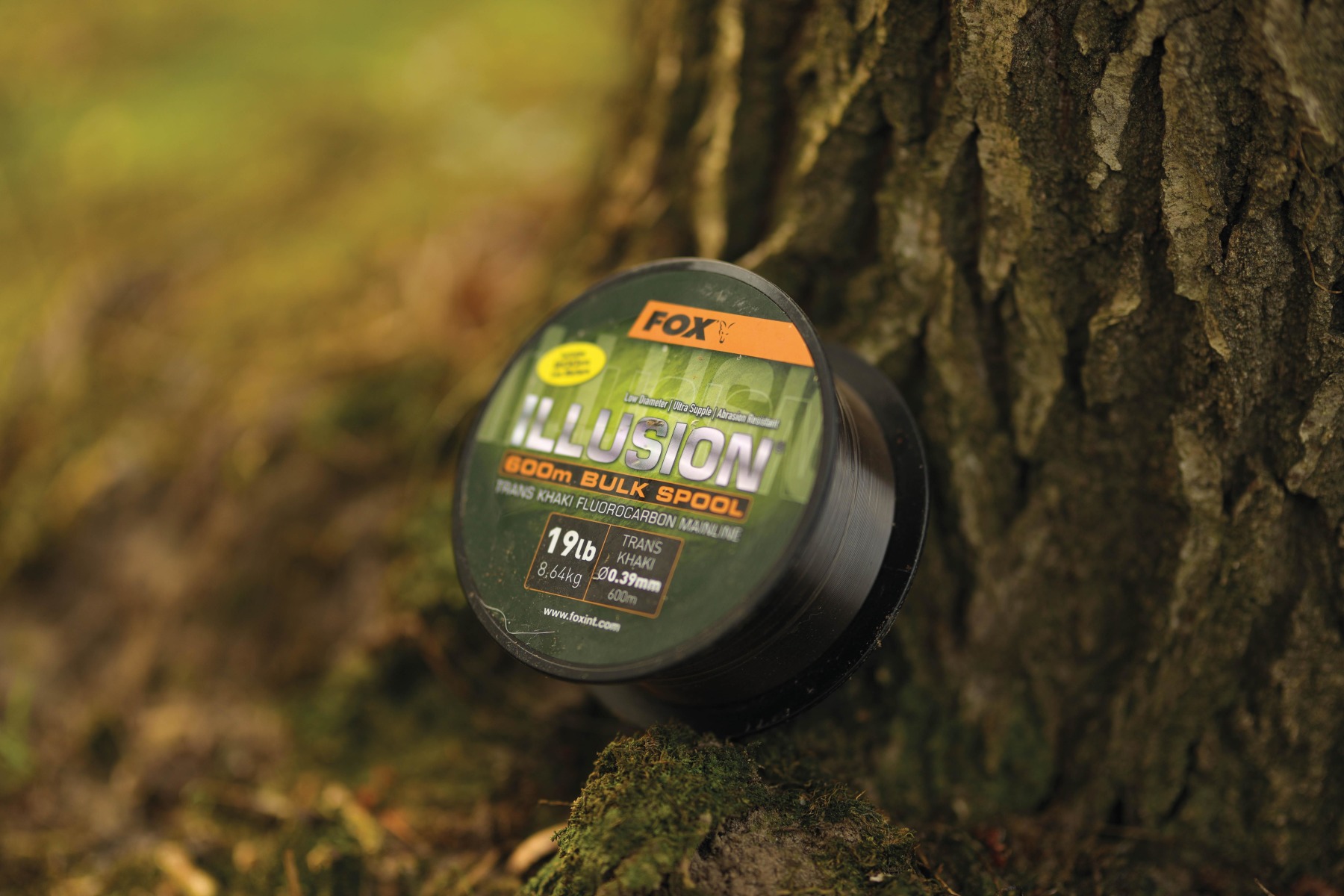
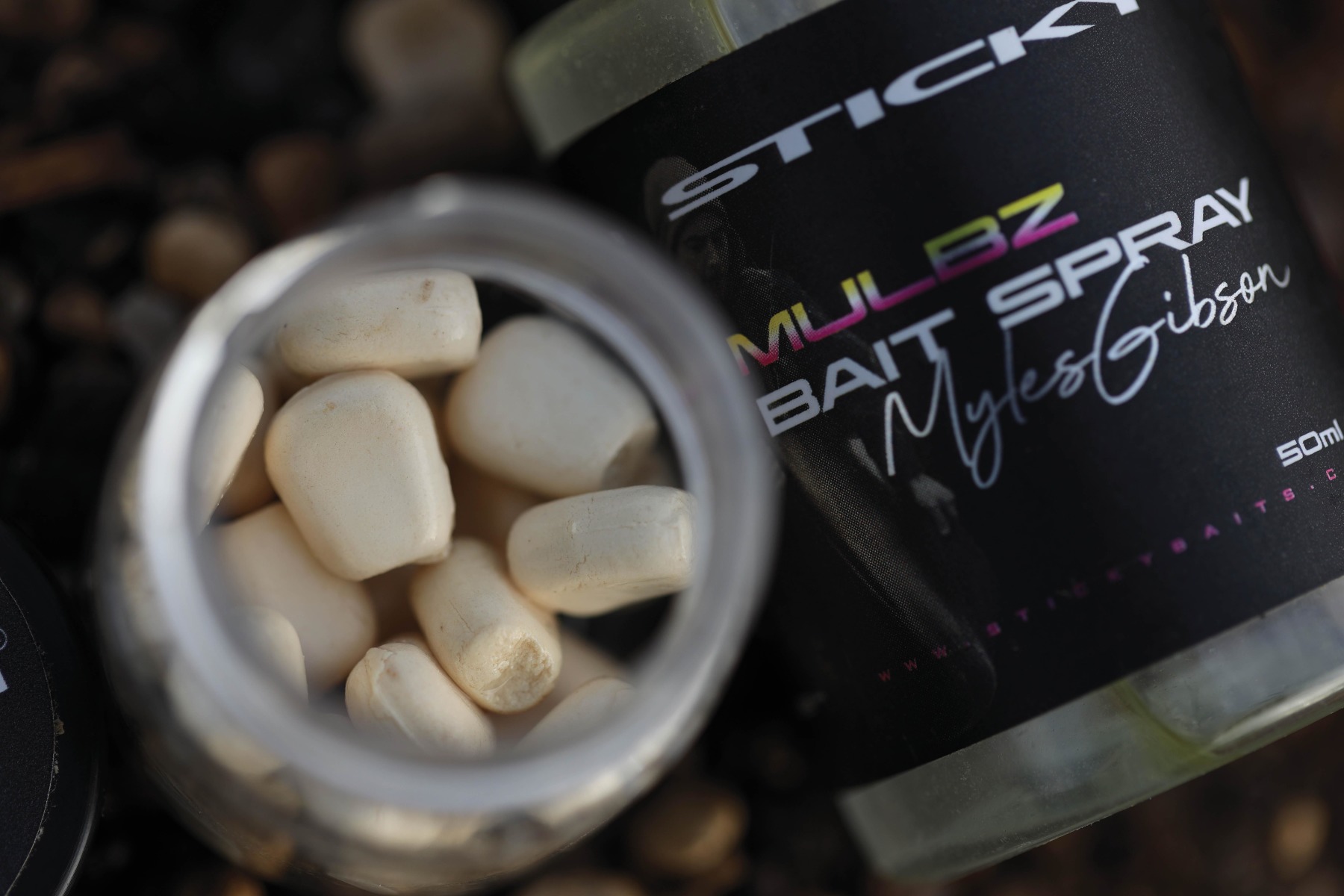
After checking the straightness of your rig in the morning, you’ll have a good idea of whether it’s been sitting sweetly during the night or not. Can you offer anything similar regarding the last six feet?
“It’s very hard to check the straightness of a rig in the morning because when you’re reeling it in, if there’s something caught on the hook, or the weight or the resistance of the hookbait pulling against the rig is going straighten out any potential bends.
“The only thing I do go by with a rig is if it’s sitting over low-lying silkweed and the silkweed’s snarled up the hook. What that then tells me is that the silkweed is obviously quite prominent on the spot, and what I would do in that situation is cast more regularly. The last thing that you want to be doing when you’re fishing a lake with silkweed is chucking your rig out and leaving it out for any length of time. I’ve seen it firsthand on a lake in France: during the day the silkweed comes up like candy floss, and then as soon as the sun dips down and it goes dark, it sits flat on the bottom. I didn’t suss this out until a couple of days into my trip, but what I ended up doing was re-casting my rods an hour after dark, and I was always getting bites at first light. Whereas when I’d left them out a couple of days previous, I wasn’t getting any bites.”
What is the last rig-related item you used and really loved?
“I would have to say it would be the Illusion—the Trans Khaki Illusion. I’ve always used a similar pattern of a hook, whether it be a wide-gape beaked or a Choddy-type hook, so the only thing I’ve changed in recent years is the material I’ve used, and it’s gone from being a coated braid to a fluorocarbon. During the past six or seven years, other than a Zig Rig, I probably haven’t cast another rig out that’s not been tied with anything other than that fluorocarbon.”
When does lead shape and size become important? What factors dictate a change?
“I’m not into changing lead shape. The only time I’d really change it is if I was fishing on a really steep bank, which is very, very rare.
“In terms of size, I’ll always use a 4oz lead as a bare minimum. It’s a nice weight to cast, and also not too heavy that it’s going to bounce the hook out, meaning you don’t need to eject the lead every time. Also, when a fish pulls against a 4oz lead, it’s a decent weight to set the hook. Obviously I would go heavier, but not very often would I go lighter.”
And the finally, what future end-tackle item is on your wish list from Fox?
“I would like them to do bulk packets of ready-tied D-Rigs—that would save me so much time! But no, all jokes aside, I would like to maybe see the fluorocarbon come on a bigger spool. The one it comes on at the moment is probably about four- or five-inches in diameter, so maybe like a ten-inch diameter, like what the sea lines come on. This would mean you’d have just one coil of line, say, sixteen-inches long, which is the perfect amount to cut off to tie your rig from.”



